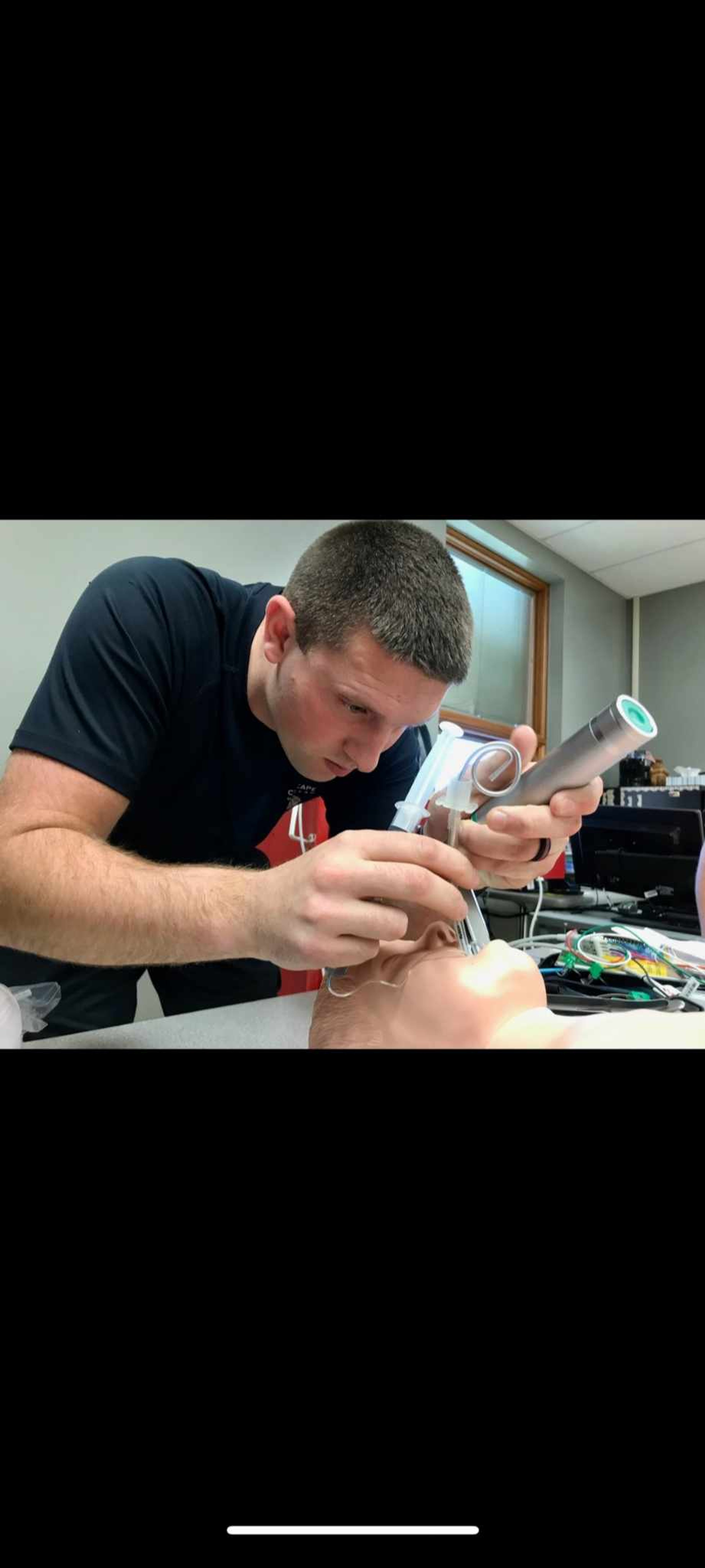POLITICAL BUTTONS PART OF STATE TRADITION
The 1992 presidential campaign is capturing the attention of the American public. Presidential elections have always been exciting, and in some states where the Democratic and Republican voters are about evenly divided (as in Missouri), the tension is especially high...
The 1992 presidential campaign is capturing the attention of the American public. Presidential elections have always been exciting, and in some states where the Democratic and Republican voters are about evenly divided (as in Missouri), the tension is especially high.
St. Louis hosted the first debate in the field house on the campus of Washington University. The President of the United States, George Bush, debated Arkansas Gov. Bill Clinton and Texan Ross Perot. So far all political speeches given by the candidates have been a battle of words. Needless to say, the public has not felt the presentations dignified. We are now living in an era where manners have been relegated to a back burner.
Noticeably lacking in this campaign are political buttons, which in past years individuals wore on their jackets to stress their loyalty to candidates of their choice. Instead, the roadsides are parade showcases for cardboard political signs giving the names of candidates and the office they hope to win. Lacking on the signs is any mention of the party to which the candidates belong the idea being for voters to remember names, not the party the candidates are supporting.
Since the territorial days of Missouri, the residents have been politically minded. When Missourians decided they felt they deserved to be represented in Congress and have a voice in governing their homeland, and in becoming a state, the rest of the nation became aware Missourians, like the mules they raised, were stubborn and did not relax in obtaining their goal. They fought for four years on the statehood question, and before that was decided in their favor the entire country was aware of the land named Missouri.
Backing presidential candidates has been not only an important project to Missouri voters, but also something they delighted in. The campaign button was part of the ritual. Until the campaign button made its formal appearance in 1896, ribbons were used with names of candidates stamped in gold on them. When William McKinley was nominated for president at the Republican convention held in St. Louis in June 1896, and had Garret A. Hobart as his vice president, the buttons that year featured the likeness of the two candidates. The candidates backed the restriction of the free and unlimited coinage of silver, a high protective tariff to support American products and manufacturers (called the Dingley tariff) and the gold rush to the Klondike, and the annexation of Hawaii.
Their support of the gold standard for coinage and its backing for silver gave them the name of "Goldbugs." Voters who supported them were also "Goldbugs" and wore miniature pins of goldbugs that resembled bees.
The Democrats nominated William Jennings Bryan of Nebraska, whose vice presidential candidate was Arthur Sewall, nominated on the fifth ballot from 15 contestants vying for the honor because Bryan had no preference.
Buttons for the election were manufactured in St. Louis by The St. Louis Button Company. Today they are collectors' items.
Also in the 1896 campaign there were a number of other political parties just as there are in the 1992 campaign.
The Democrats split into two segments, the second being the National Democrats, who supported John M. Palmer of Illinois, a distinguished Union General, and Simon B. Buckner of Kentucky, an eminent Southern General.
Other parties were the Populists, Independents, and Silver Men. All had give-away buttons to win voters.
McKinley-Hobart won, and also for a second term. That is when President McKinley was assassinated on Sept. 6, 1901, while attending a reception in the Temple of Music at the Pan-American Exposition in Buffalo. An anarchist named Leon Czolgosz shot President McKinley in the hand and blood poisoning developed. He died a few days later on Sept. 14, 1901.
Vice President Hobart had died in office in 1899, and Theodore Roosevelt had been made Vice President so he became President in 1901. Buttons from this presidency are particularly valuable.
One of the most valuable buttons was made in 1920 for the Cox-Roosevelt campaign; it is valued at $2,000. It was made by the St. Louis Button Company, which is no longer in business.
When it comes to political campaigns, this 1992 event will be long remembered and clipping files and memorabilia will be of importance. Entertainers will treat the election in various ways, and the public will enjoy the replay.
As Americans we are not afraid to express our feelings. Now we will wait to learn who will be the next President of the United States of America in the year Cape Girardeau observes the 200th anniversary of the city.
Connect with the Southeast Missourian Newsroom:
For corrections to this story or other insights for the editor, click here. To submit a letter to the editor, click here. To learn about the Southeast Missourian’s AI Policy, click here.









